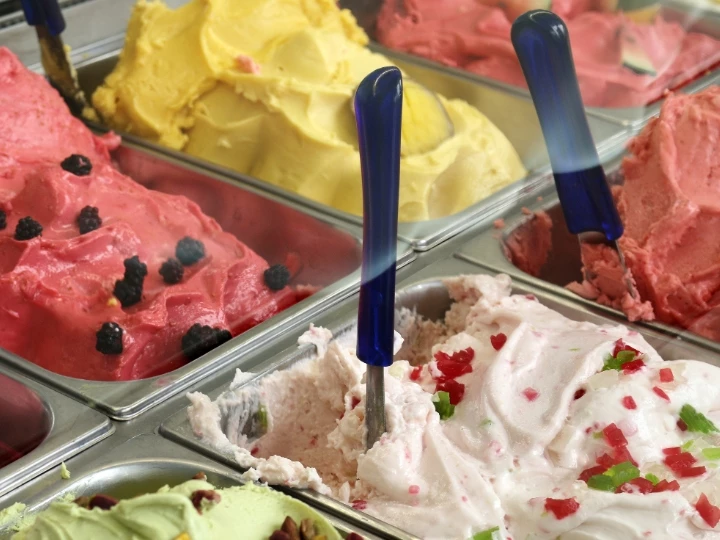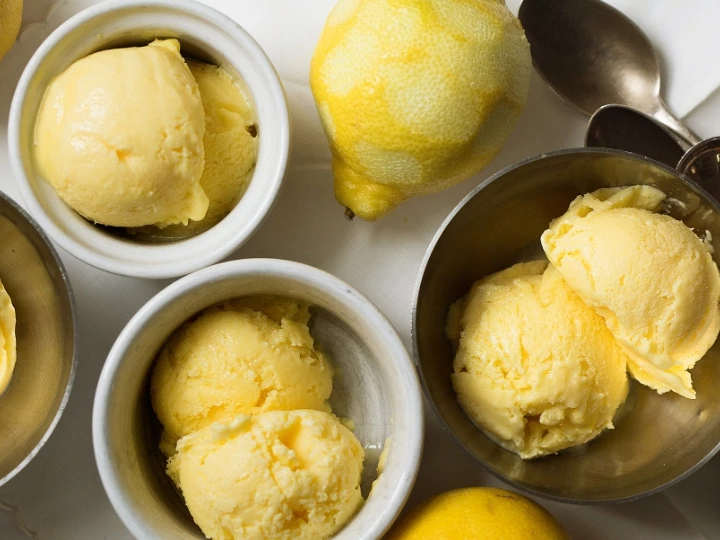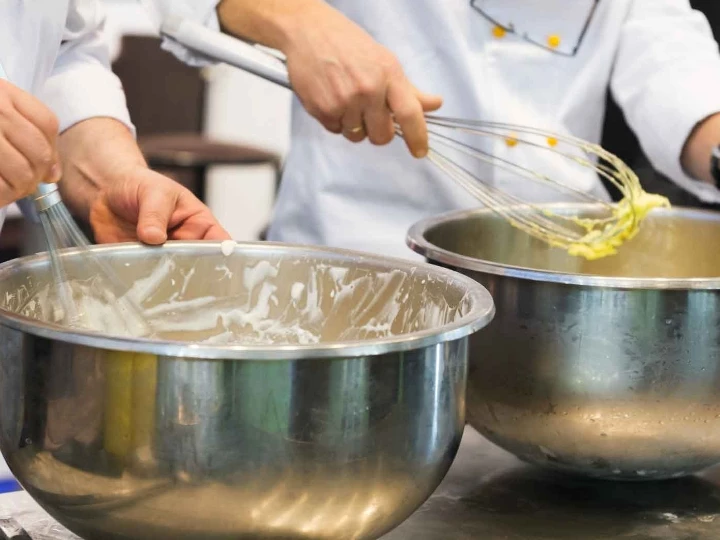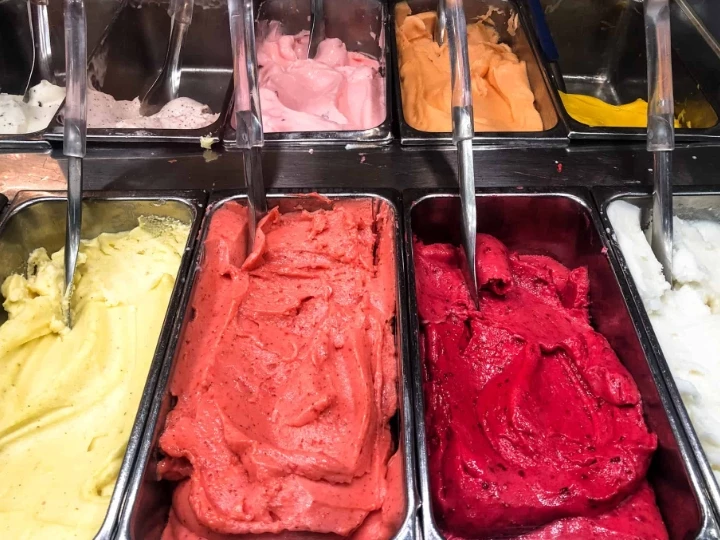Gelato, the beloved Italian ice cream, has captured the hearts and taste buds of people worldwide. Producing gelato on a commercial scale requires specific techniques and an ice cream machine to ensure consistency, quality, and efficiency. This guide will walk you through the commercial gelato-making process, from selecting ingredients to using industrial machinery.

Ingredients and Equipment Needed
- Ingredients
- Whole milk
- Heavy cream
- Granulated sugar
- Egg yolks (optional, for a richer texture)
- Stabilizers (e.g., guar gum, carob bean gum)
- Flavorings (e.g., vanilla, cocoa, fruit purees, nuts)

Equipment for Making Gelato
- Pasteurizer
- Homogenizer
- Batch freezer or continuous freezer
- Blast freezer
- Aging vats
- Gelato display freezer
- Mixing and storage containers

Step-by-Step Commercial Gelato Production
Step 1: Ingredient Preparation
Select High-Quality Ingredients: The quality of the milk, cream, and flavorings directly impacts the final product. Use fresh, high-quality ingredients to achieve the best taste and texture.
Measure Ingredients: Accurately measure the milk, cream, sugar, and stabilizers. Consistency is key in commercial production, so precise measurements are crucial.
Step 2: Pasteurization
Mix Ingredients: Combine the measured ingredients in a large mixing tank. If using egg yolks for a richer gelato, they should be added at this stage.
Pasteurize the Mix: Transfer the mixture to a pasteurizer. Pasteurization involves heating the mix to a specific temperature (usually around 85°C or 185°F) to kill any harmful bacteria. This process ensures the safety and shelf life of the gelato.
Step 3: Homogenization
Homogenize the Mix: After pasteurization, the mix is passed through a homogenizer. This machine breaks down the fat molecules, ensuring a smooth and uniform texture in the final product. Homogenization also helps to stabilize the mixture, preventing the separation of ingredients.
Step 4: Aging the Mix
Cool and Age the Mix: The homogenized mix is then cooled rapidly and transferred to aging vats. The mix should be aged for at least 4 to 12 hours at a temperature of around 4°C (39°F). Aging allows the ingredients to blend thoroughly and improves the texture of the gelato.

Step 5: Flavoring and Freezing
Add Flavorings: After aging, flavorings such as vanilla extract, cocoa powder, or fruit purees are added to the mix. This step can be done manually or using automated dosing systems.
Freeze the Mix: The flavored mix is then transferred to a batch freezer or continuous freezer. These industrial freezers churn and freeze the gelato mix, incorporating a small amount of air to achieve the dense and creamy texture characteristic of gelato. Batch freezers handle one batch at a time, while continuous freezers can produce gelato continuously, ideal for large-scale production.
Step 6: Hardening
Blast Freezing: Once the gelato reaches the desired consistency, it is quickly transferred to a blast freezer. Blast freezing rapidly reduces the temperature, locking in the texture and preventing the formation of large ice crystals. This step is crucial for maintaining the smoothness and quality of the gelato.
Step 7: Storage and Display
Store in Display Freezers: After hardening, the gelato is stored in gelato display freezers. These freezers maintain the gelato at an optimal serving temperature, usually between -10°C to -15°C (14°F to 5°F), ensuring it remains soft and scoopable.
Packaging: For retail purposes, gelato can be packaged in various sizes, from individual servings to large containers. Ensure the packaging is airtight to prevent freezer burn and maintain quality.

Tips for Commercial Gelato Production
Maintain Hygiene: Cleanliness is paramount in food production. Ensure all equipment and surfaces are sanitized regularly to prevent contamination.
Monitor Quality: Regularly test batches for consistency in flavor, texture, and quality. Adjust recipes and processes as needed to maintain high standards.
Innovate with Flavors: Experiment with unique and seasonal flavors to attract customers and stand out in the market.
By following these steps and using the appropriate equipment, you can produce high-quality gelato on a commercial scale, delivering a delicious and consistent product to your customers. Enjoy the process of crafting this beloved Italian treat!
